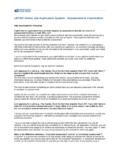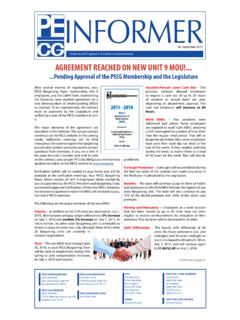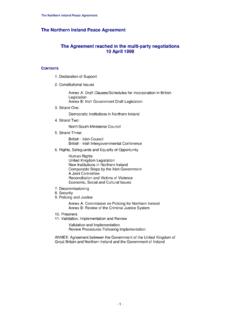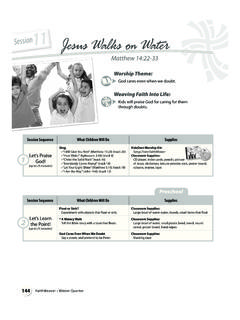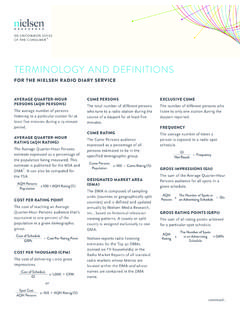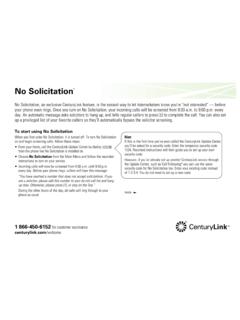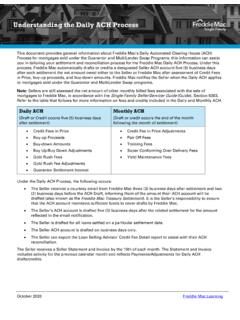Transcription of Physical Geology Name - Steve Kluge
1 Figure 1 Physical Geology Subsidence Adapted from AGI/NAGT Lab Manual 1. Where are the areas of greatest subsidence in the Santa Clara Valley? _____ _____ 2. What was the total subsidence at San Jose from 1934 to 1967? (see Figure 2) _____ 3. What was the annual rate of subsidence for this period in ft / yr? Work: 4. Where in the Santa Clara Valley would the subsidence be most noticeable because of the problems it caused? Explain:_____ _____ _____ _____ 5. Would you expect much subsidence to occur in the darker shaded areas of Figure 1? _____ _____ 6. By 1960, the total subsidence at San Jose had reached feet (Figure 2). What was the average annual rate of subsidence (in ft / yr) for the seven-year period from 1960 through 1967? Work: Answer_____ Name_____ Period _____ 7. Refer to Figure 3 (the hydrograph of a well in the San Jose Valley).
2 What was the level of the water in the San Jose well in: a. 1915?_____ 8. During what period would this well have been a flowing artesian well?_____ 9. Notice the minor fluctuations in the hydrograph. Count the crests and troughs that occur in a 5 or 10 year period and suggest the cause of those fluctuations. _____ _____ _____ 10. Use the data in Figure 2 to plot the subsidence of the land surface on Figure 3. (use the scale on the RIGHT side of Figure 3.) 11. The slope of the line you just drew gives the rate of subsidence during the years 1915 1967. What was the average rate of subsidence for the entire time represented in the hydrograph? (Answer in ft / yr ) Work: Answer _____ Figure 3 12. From 1938 1943 the water table rose and the subsidence nearly stopped. Explain why the subsidence stopped, and why the land surface did not rebound.
3 _____ _____ _____ _____ 13. Examine the amplitude of the annual water table fluctuations. Describe any pattern in the magnitude of amplitude that you observe. _____ _____ _____ 14. What is one climatological explanation for the increased amplitude in more recent years?_____ _____ _____ 15. Think of how the porosity in the aquifer changes as subsidence occurs, and explain how changes in porosity could cause more dramatic changes in the water table level even if rainfall amounts remained unchanged. _____ _____ _____ _____ Figure 4 is a map of an area underlain by a confined (artesian) aquifer. The solid lines are contours of land surface elevation, the dashed lines are contours of the potentiometric (water pressure) surface. 16. On the map, make a small mark where the potentiometric and elevation contours of the same value intersect. To what level would water rise in a well drilled at any of those intersections?
4 _____ 17. Imagine wells drilled at points A, B, and C. In which well(s) would water flow freely at the surface? _____ 18. On the map, lightly shade the entire area (s) where drilled wells would flow at the surface 19. Each foot of hydraulic pressure head produces a pressure of about psi. What would be the wellhead pressure at the well(s) that flow at the surface? Show and explain your calculation. Figure 4
